Have you ever wondered what it is about the cannabis plant that produces the effects we know and desire? The main chemical compounds created by the cannabis flowers are called cannabinoids, and each produces a different effect. Terpenes, the aromatic compounds of the plant, are naturally found in flowers, fruits and vegetables and are known to be the catalyst that drives the desired high in a direction. They can create an uplifting, balanced or relaxed effect depending on what terpenes are present in the flower. Both of these sets of compounds live in the cannabis plant’s trichomes. Trichomes (pictured above) are the resin glands on the cannabis flowers where the cannabinoids and terpenes are created. Each strain of cannabis has a varied ratio of cannabinoids paired with a unique terpene profile to produce a nuanced effect specific to the individual genetic. However, the effects are both enhanced and balanced when all of the natural compounds of the flower are present, referred to as the “Entourage Effect,” which has been reported to give the most well-rounded high.
Cannabinoids
Cannabis produces over 120 cannabinoids, most of which have medicinal values. When cannabinoids enter the body they interact with a series of receptors known as the Endocannabinoid System. Cannabiniods, bind to receptor sites throughout the brain (CB-1) producing the psychoactive effect we associate with cannabis. Cannabiniods also interact with the CB-2 receptors associated with immune system functionality. This interaction brings the bodies receptor sites into harmony, thus creating the therapeutic qualities associated with cannabis healing. For a deeper understanding of how cannabis interacts with the body, check out The Endocannabiniod System and You.
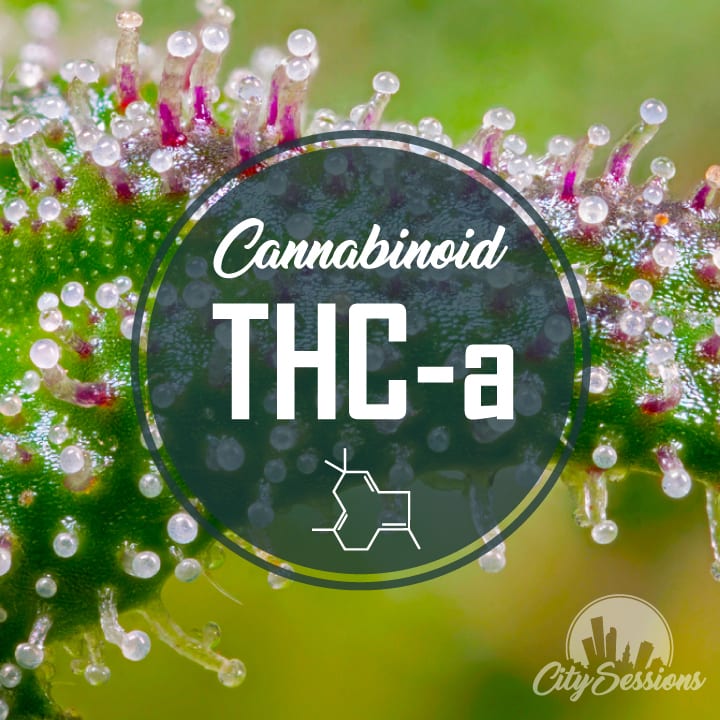
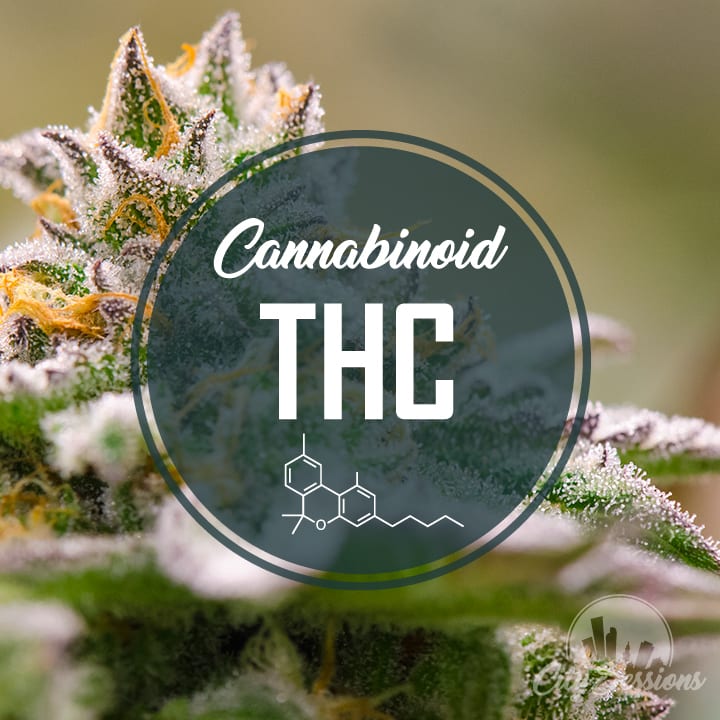
THCa & THC
The most common cannabinoid is THCa, or Tetrahydrocannabinolic Acid. It can be found in the trichromes of the cannabis flower. THCa is a non-psychoactive compound, but is know for having anti-inflammatory and antioxidant properties. It has also been shown to improve both neural and intestinal functions.
When decarboxylated, or introduced to enough heat, THCa turns into Delta 9 THC, or Tetrahydrocannabinol. THC binds primarily to the CB-1 receptors in the brain causing a psychoactive effect as well as a release of dopamine creating a sense of euphoria. Mostly known for its psychotropic properties, THC is also great for relieving nausea, neuropathic and gastrointestinal pain, as well as symptoms of PTSD and cancer.
CBD
Those seeking medical relief generally steer towards CBD, or Cannabidiol, which is non-intoxicating and has a vast array of medicinal uses. CBD is known to have anti-inflammatory, analgesic, anticonvulsive, anti-epileptic, antispasmodic, neuroprotective properties. CBD is also known to counteract the intoxicating effects of THC. When in a 1:1 ratio, for example, a calming sense of euphoria and relaxation is achieved without too much cerebral stimulation.
Hemp, is also known for having high levels of CBD as well as all the same cannabinoids found in the cannabis plant, just in different ratios. In late 2018, the Federal Government removed CBD off the Schedule 1 drug list which now allows for hemp to be grown legally in the United States. Currently, there is little regulation surrounding hemp-derived CBD products found in the market, so we urge to be aware of what you are buying and putting into your body.
CBN
As cannabis ages (or oxidizes), the THC begins to degrade into CBN, or Cannabinol, which has little psychoactivity. CBN is very sedative and is best known for helping those suffering from insomnia and neurodegenerative diseases, as well as being an appetite stimulant, antibiotic, pain reliever, and antiasthmatic.
CBC
Another beneficial compound is CBC, or Cannabichromene, which is non-psychoactive and the lack of high is usually attributed to the fact that it binds poorly to both the CB-1 and CB-2 receptors. Although there isn’t as much research on CBC as THC and CBD, it has shown promising medicinal value as an anti-inflammatory, anti-tumor, antidepressant, anti-diarrheal, anti-fungal, that encourages both bone and brain growth, and helps with acne.
THCV
A lesser known, but also promising cannabinoid is THCv, or Tetrahydrocannabivarin. THCv is less psychoactive than THC and is generally found in trace amounts in strong Sativa strains of African origin like Durban Poison. Those suffering from tremors and convulsions, especially those diagnosed with Parkinson’s disease, seek out THCv for its anticonvulsive and neuroprotective properties. THCv also is a great option for those who want a high with less of the munchies, as it is an appetite suppressant and promotes weight loss.
Terpenes
As mentioned earlier, the blending of cannabinoids with the aromatic compounds (terpenes) creates high of a strain. Terpenes, or volatile aromatic compounds, are found in the resins of cannabis and steer the high. Much like aromatherapy, each terpene has unique properties that affect the mind and body differently. Some terpenes bind to receptor sites and affect chemical outputs, while others control how much THC passes through the blood-brain barrier. Although a person’s body chemistry will determine how they will be affected. When choosing a cannabis strain for a desired affect, we recommend smelling the flower and choosing with your nose. If it smells good to you, typically in is good for your body chemistry.
Cannabis has over 200 terpenes that we know of. Here are a few of the most common:
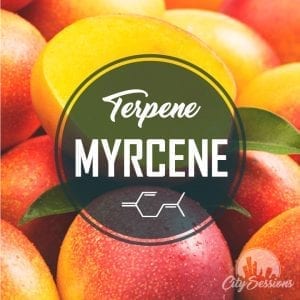
Myrcene:
- Smell/Flavor: Musk, Clove, slightly citrusy
- Effects: Sedative, Enhances psychoactivity
- Medicinal benefits: Antiseptic, Anti-inflammatory, Antibacterial, Antifungal, Muscle tension relief
- Typically found in Blue Dream & Northern Lights
- Also found in Mango, Thyme, Lemongrass, and Bay leaves
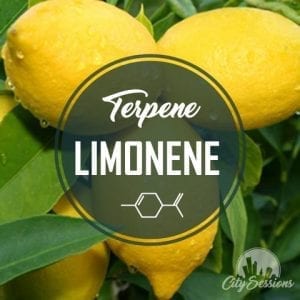
D-Limonene:
- Smell/Flavor: Citrus
- Effects: Elevates mood
- Medicinal benefits: Antidepressant, Anti-anxiety, Gastric reflux/ heartburn relief, Antibacterial, Antifungal, cancer inhibitor
- Typically found in Sour Diesel & Trainwreck
- Also found in Juniper, Citrus rinds
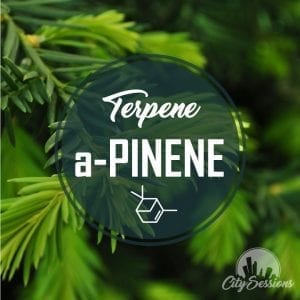
A-Pinene:
- Smell/Flavor: Piney & Sweet
- Effects: Focusing and Euphoric
- Medicinal benefits: inflammation, bronchodilator, alertness, memory retention
- Typically found in Jack Flash & Romulan
- Also found in Sage, Pine needles, Eucalyptus
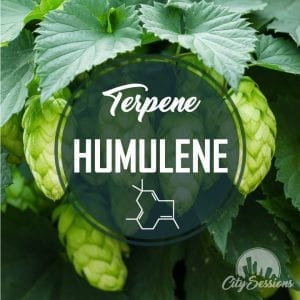
Humulene:
- Smell/Flavor: Woody & Earthy
- Effects: Suppresses appetite
- Medicinal benefits: Analgesic, Anti-inflammatory, Antibacterial
- Typically found in OG Kush & Girl Scout Cookie
- Also found in Hops, coriander
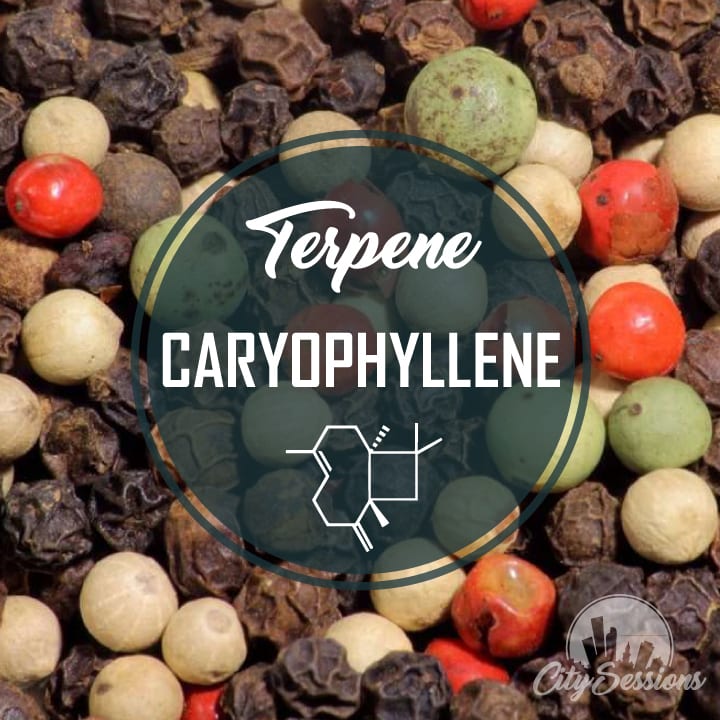
Caryophyllene
- Smell/Flavor: Peppery & Woody
- Effects: Calming
- Medicinal benefits: Gastroprotective, treating certain ulcers, Anti-inflammatory, Autoimmune disorder relief
- Typically found in Bubba Kush & Chemdawg
- Also found in Pepper, cloves, and hops
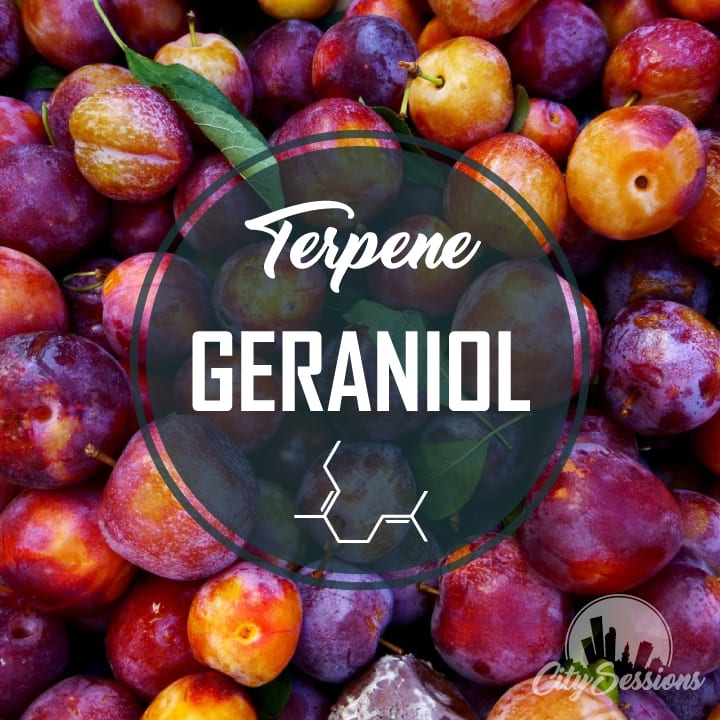
Geraniol
- Smell/Flavor: Fruity, floral & sweet
- Effects: relaxing
- Medicinal benefits: Antioxidant, anti-tumor, neuroprotectant, natural mosquito repellant
- Typically found in the strain Island Sweet Skunk
- Also found in peaches, plums, and roses
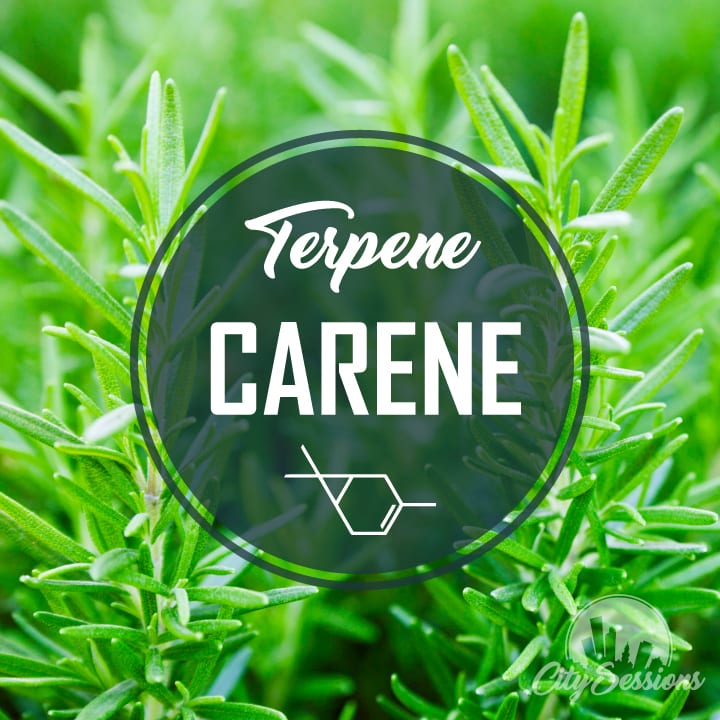
Delta-3 Carene
- Smell/Flavor: Woody, citrusy, & sweet
- Effects: sedative, focusing, and is an effective insect repellent
- Medicinal benefits: Anti-depressant, Anti-inflammatory, anti-fungal, stimulates calcium production in bone cells, relieves symptoms of PMS, and is an effective antihistimene.
- Typically found in Super Lemon Haze, Super Silver Haze & Skunk #1
- Also found in Rosemary, Cypress, Juniper, & Fir needles
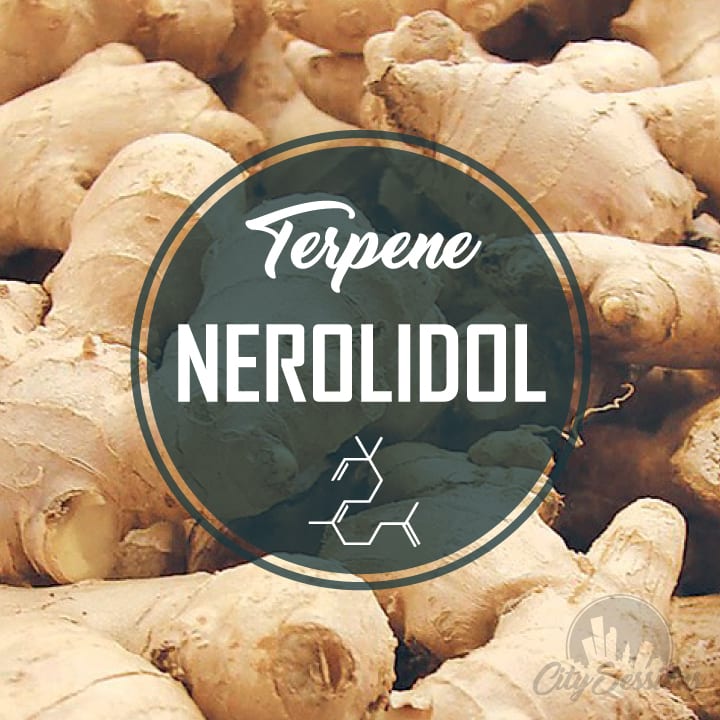
Nerolidol
- Smell/Flavor: green mild scent with floral, citrusy and woody notes
- Effects: sedative and relaxing
- Medicinal benefits: antifungal, antimicrobial, anti-leishmaniasis and antimalarial properties meaning it helps fight the effects of insects driven diseases
- Typically found in the strain Skywalker OG or Jack Herer
- Also found in ginger and low levels are found in citrus peels
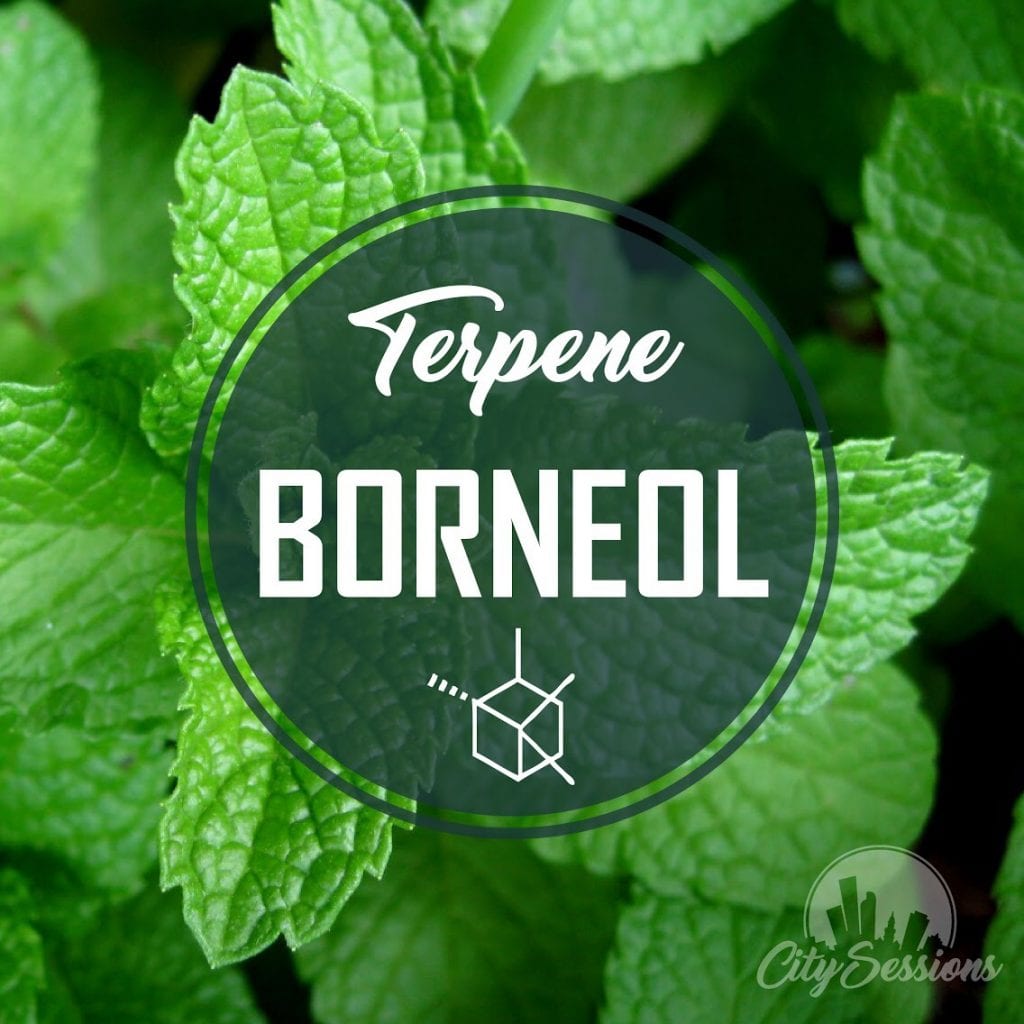
Borneol:
- Smell/Flavor: Menthol/Minty, Spicy, Herbal, Cooling
- Effects: Calming, stress relieving
- Medicinal benefits: used in traditional Chinese medicine including acupuncture, insect repellent, antibacterial, anti-fibrosis, anti-fungal, anti-inflammatory, antioxidant
- Typically found in Haze strains
- Also found in Rosemary, Mint, Wormwood, Cinnamon
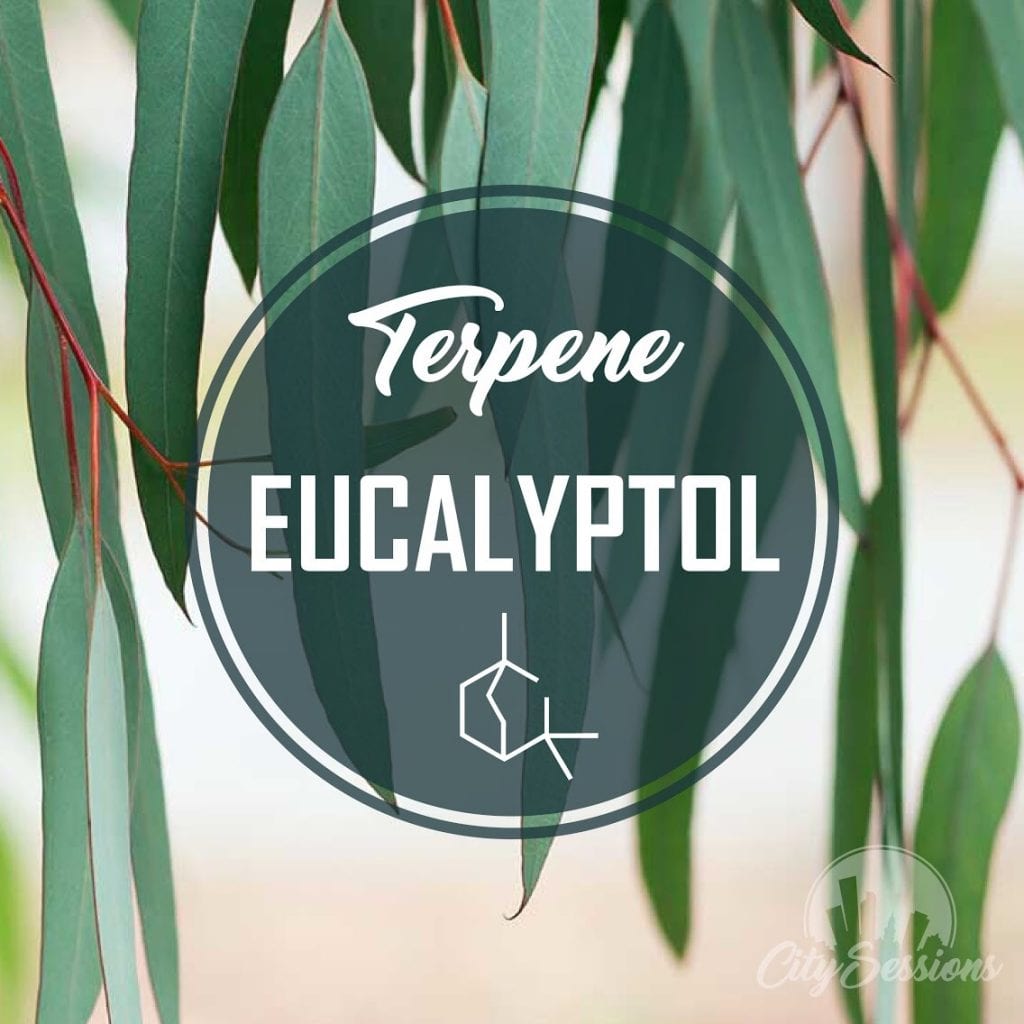
Eucalyptol (Aka Cineole):
Smell/Flavor: slightly minty, similar to Eucalyptus
Effects: uplifting, mentally and physically energizing, thought-provoking
Medicinal benefits: increase circulation, reduce pain & swelling, helps other cannabinoids cross the blood-brain barrier, stimulates activity and blood flow to the cerebral cortex in the brain
Typically found in the strain Girl Scout Cookies & Bubba Kush
Also found in Eucalyptus
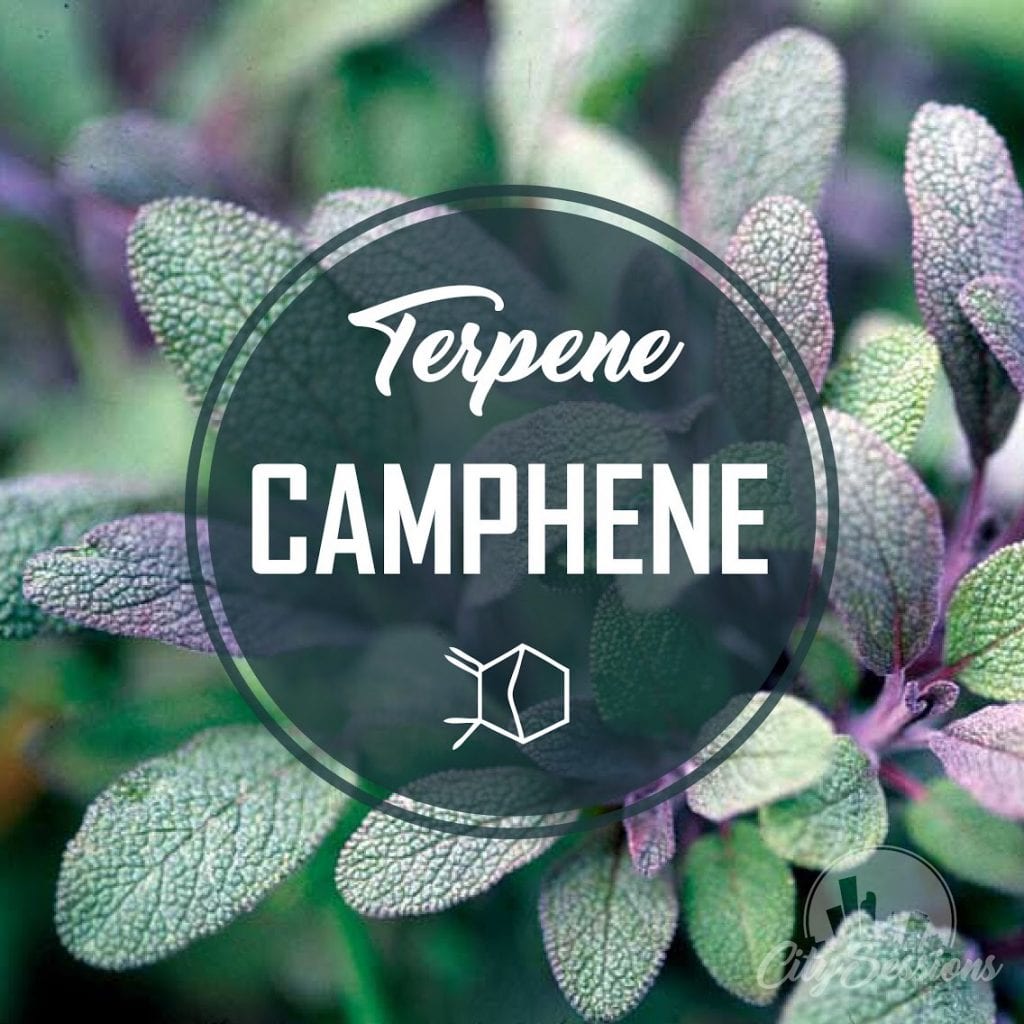
Camphene:
Smell/Flavor: pungent, damp woodlands, fir needle, citrusy, green minty/spicy
Effects: sedative
Medicinal benefits: antifungal, antibacterial, antibiotic, analgesic, and anti-inflammatory
Typically found in the strain Strawberry Banana & Ghost OG
Also found Cypress, Bergamot, Sage & Nutmeg
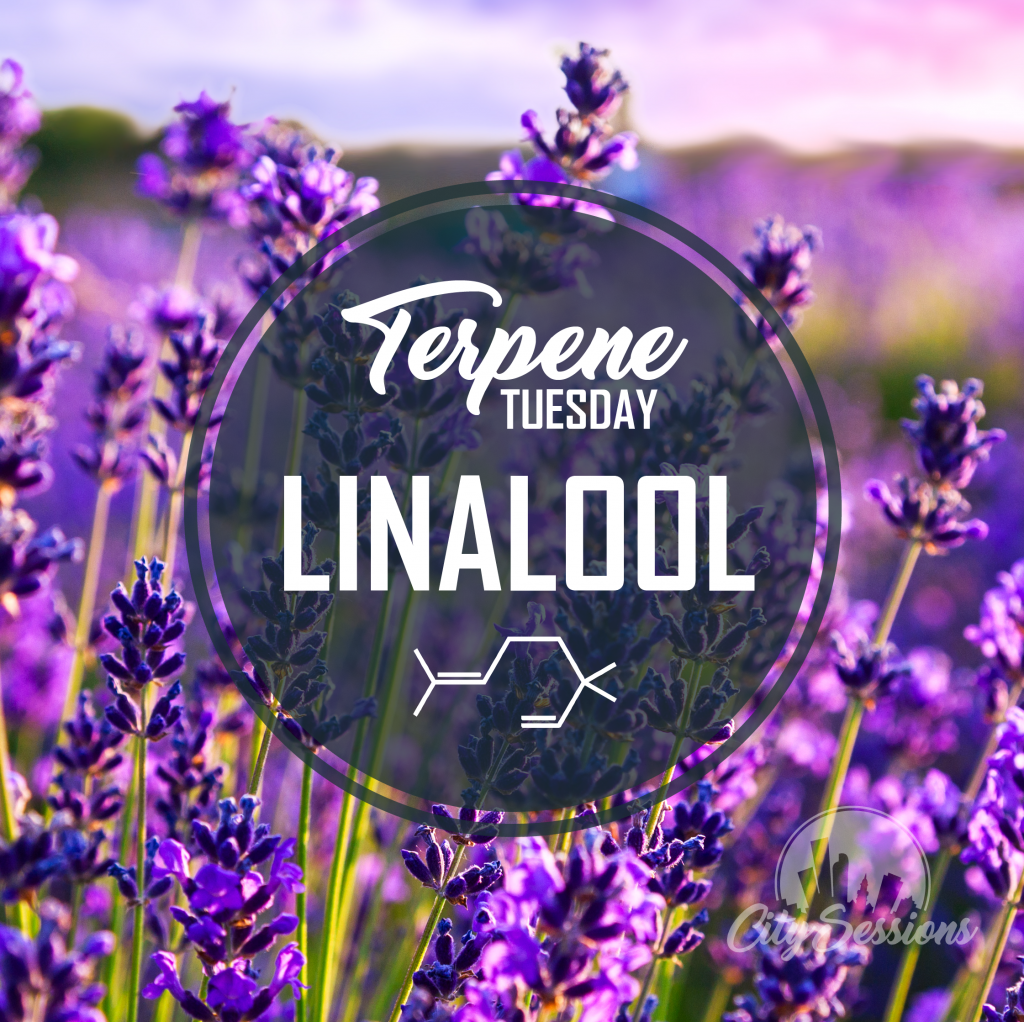
Linalool:
Smell/Flavor: Floral scent with a slight spiciness that is most well-known for giving Lavender its signature aroma
Medicinal benefits: anti-anxiety, anti-microbial properties, immune system support, muscle relaxant, and pain relief
Typically found in strains: Amnesia Haze, Lavender, LA Confidential, Master Kush
Also found in Lavender, Bergamot, Rosewood, Thyme and Sweet Basil.
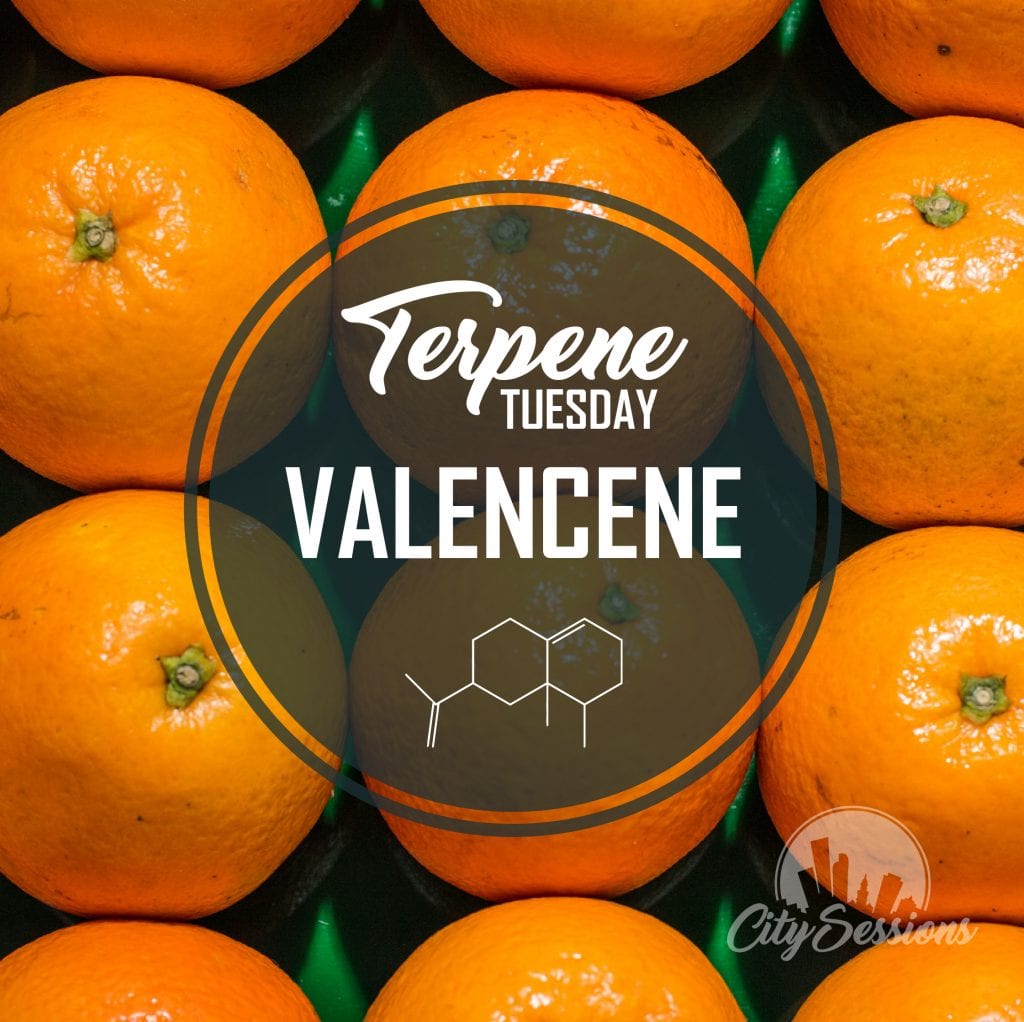
Valencene
- Smell/Flavor: Valencia Oranges, grapefruits, tangerines
- Effects: Uplifting and focusing
- Medicinal Benefits: Anti-inflammatory and anti-allergen
- Typically Found In: Tangie, Lemon OG and Tangerine Haze
- Also Found In: Oranges and Tangerines
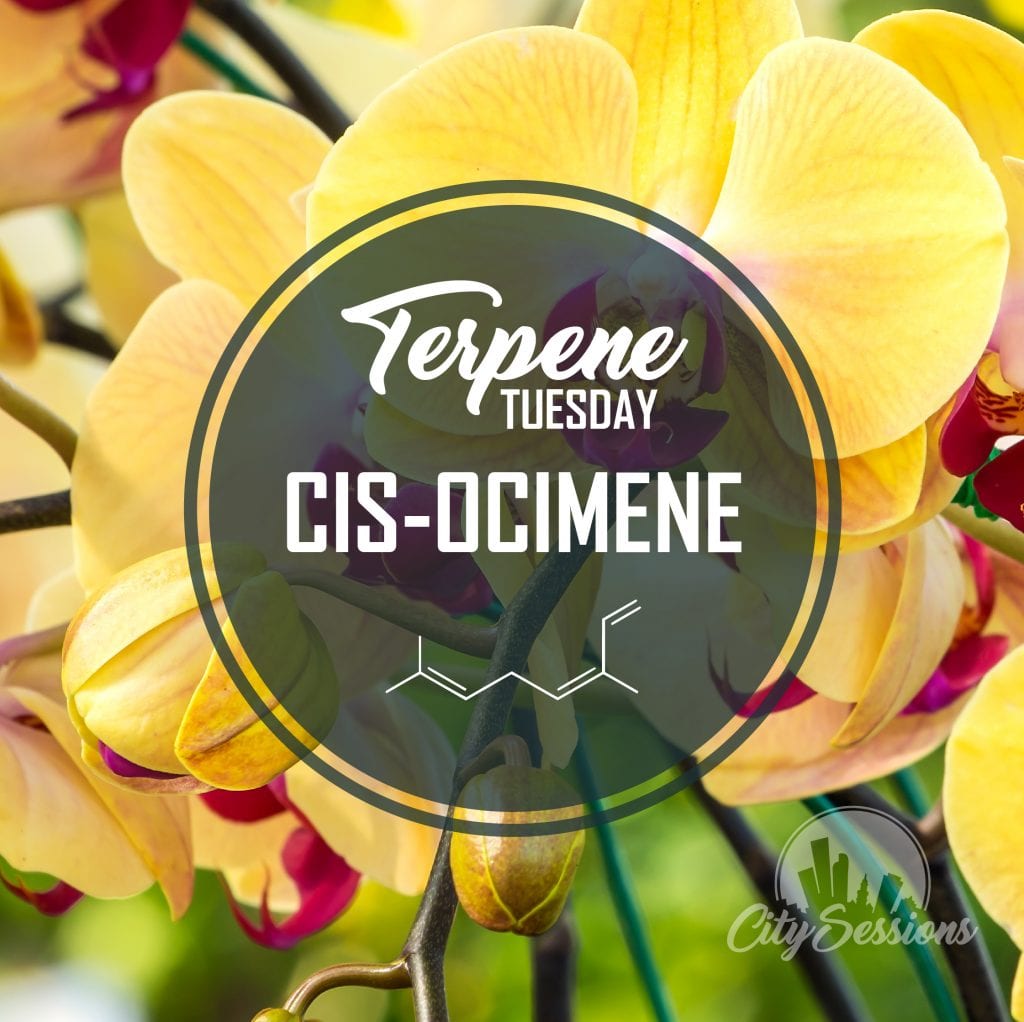
Cis-Ocimene
- Smell/Flavor: Herbaceous and Woody
- Effects: Uplifting and Energizing
- Medicinal Benefits: Anti-viral, anti-fungal, anti-septic and anti-bacterial
- Typically Found In: OG Kush, Strawberry Cough and Golden Goat
- Also Found In: Mint, Parsley, Pepper, Mango and Orchids
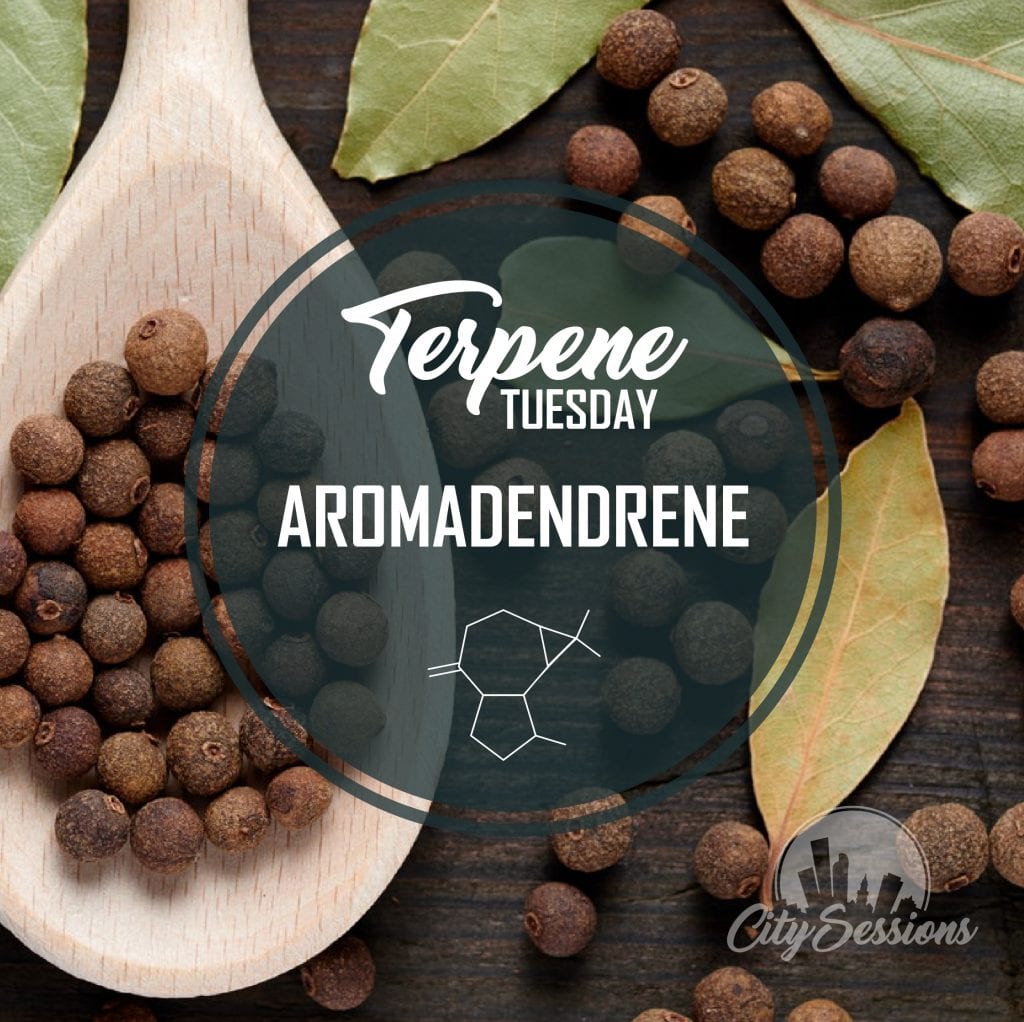
Aromadendrene
- Smell/Flavor: Earthy and Woody Aroma
- Medicinal Benefits: Anti-inflammatory, anti-proliferative and anti-bacterial properties
- Typically Found In: Purple Kush, Mob Boss and Sour Diesel
- Also Found In: Sage, Oregano, Ginger and Guava Leaves
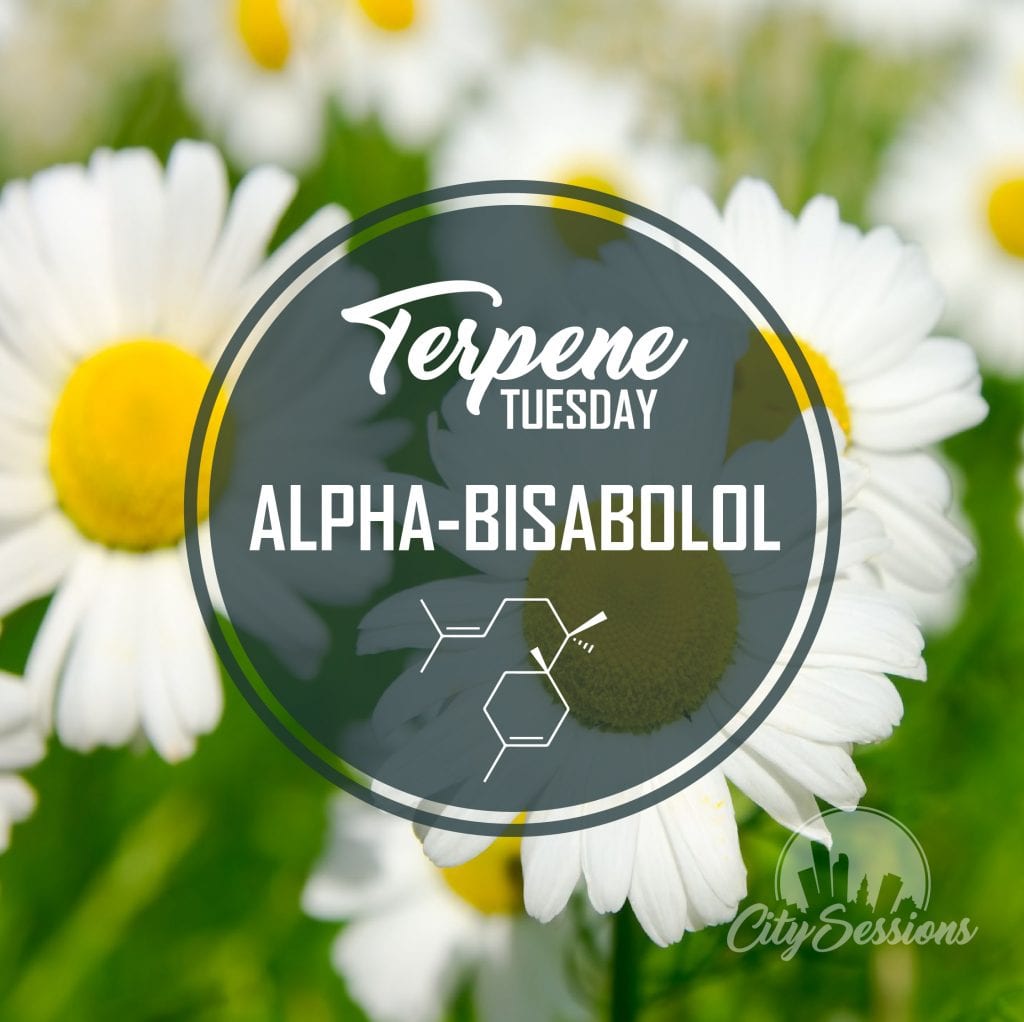
Alpha-Bisabolol
- Smell/Flavor: Citrus and Spice
- Medicinal Benefits: Anti-irritant, anti-inflammatory and anti-microbial properties
- Typically Found In: AC/DC, Pink Kush, Master Kush and Harle-Tsu
- Also Found In: German Chamomile and Candeia Tree
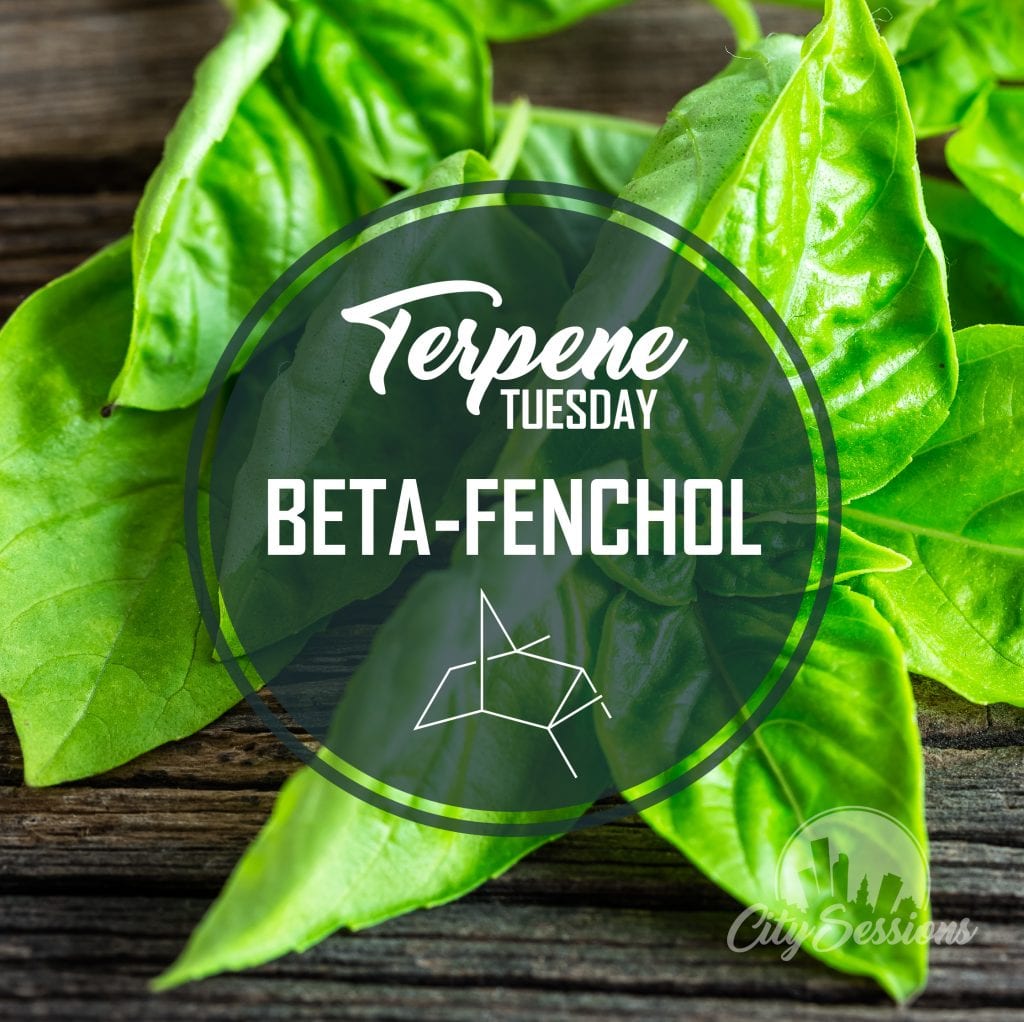
Beta-Fenchol
- Smell/Flavor: Lemon, Pine and Basil
- Medicinal Benefits: Anti-bacterial
- Typically Found In: Basil, Aster and Pine Trees
- Also Found In: Banana Kush and OG Kush
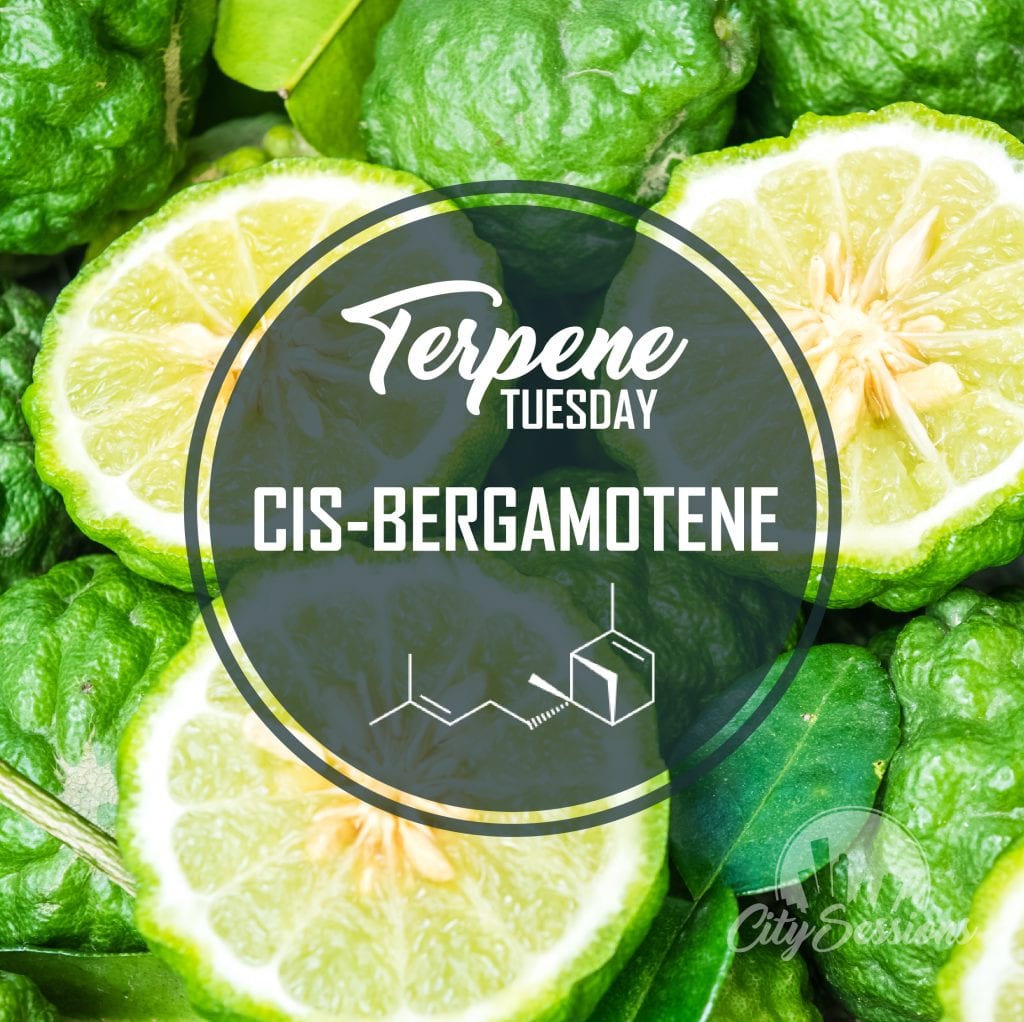
Cis-Bergamontene
- Smell/Flavor: Woody
- Medicinal Benefits: Antioxidant and anti-microbial
- Typically Found In: Chemdawg 4, Super Lemon Haze and White Widow
- Also Found In: Carrots, Bergamot, Limes and Cottonseed Oil
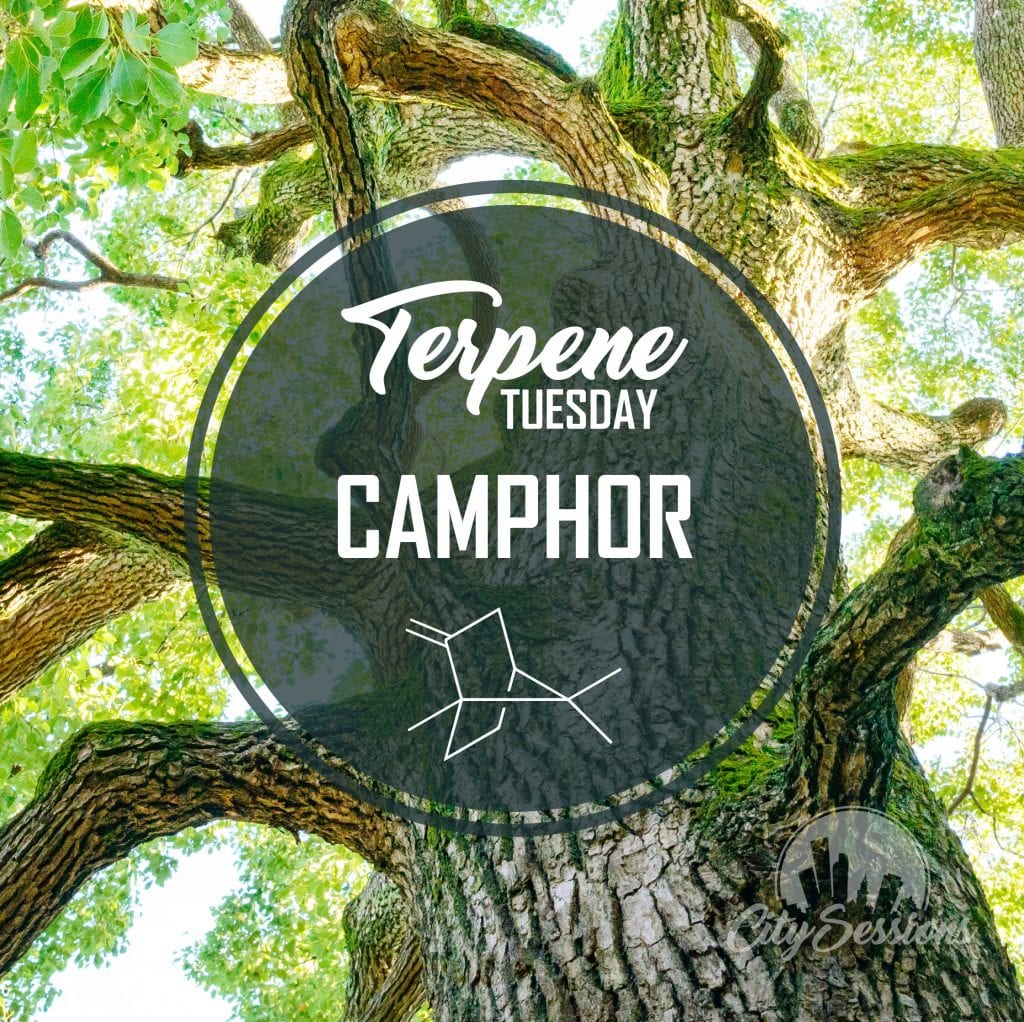
Camphor
- Smell/Flavor: Menthol
- Effects:
- Medicinal Benefits: Helps with respiratory function
- Typically Found In: Super Silver Haze
· Also Found In: Camphor Tree, Kapur Tree, and Rosemary
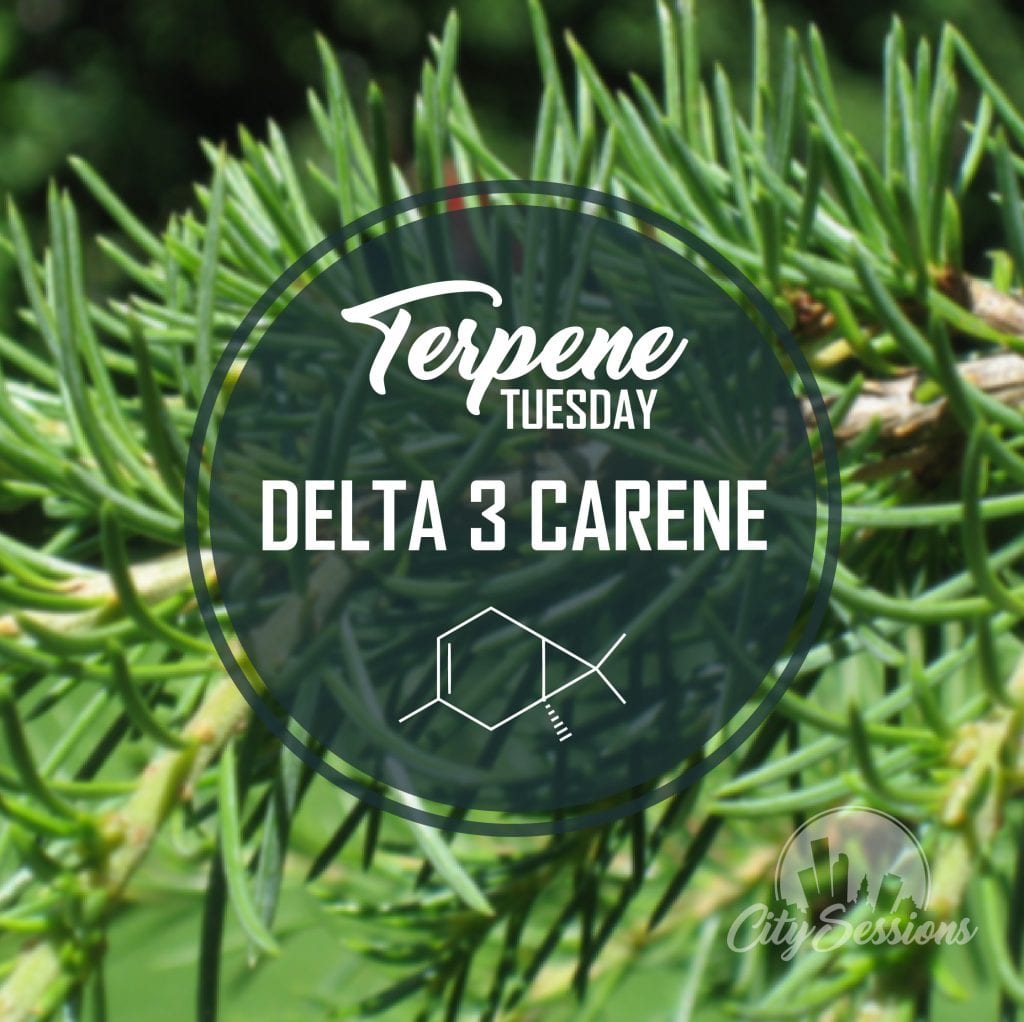
Delta 3 Carene
- Smell/Flavor: Citrus
- Effects: Uplifting and Energizing
- Medicinal Benefits: Antidepressant, anti-inflammatory
- Typically Found In: Skunk #1, Super Silver Haze, Super Lemon Haze
- Also Found In: Juniper Berry, Rosemary, Fir Needle and Cypress Oil
With cannabis being federally illegal, we have just skimmed the surface on doing research on cannabiniods and their effects in the human body. In time, as the science evolves, we will have a much better understanding of cannabinoids and how they interact with the receptors in the body and the difference aliments they aid in.
Today, it is common to speak of cannabis in terms of Sativa, Indica, and Hybrid. However, these regional, basic identifiers will in time go away as the consumer becomes more educated. In the future, we will begin to categorize cannabis in terms of cannabinoid ratios and terpene profiles. With this understanding, one will be able to choose cannabis strains based on an individualized effect they are looking to achieve or aliment they are looking to combat.
Continue your education on you Endocannabinoid System in our next blog, The Endocannabinoid System and You
For a deeper dive into the cannabis plant, its various compounds and the industry that surrounds it, call and book your private educational experience with City Sessions today. 720-250-8828
